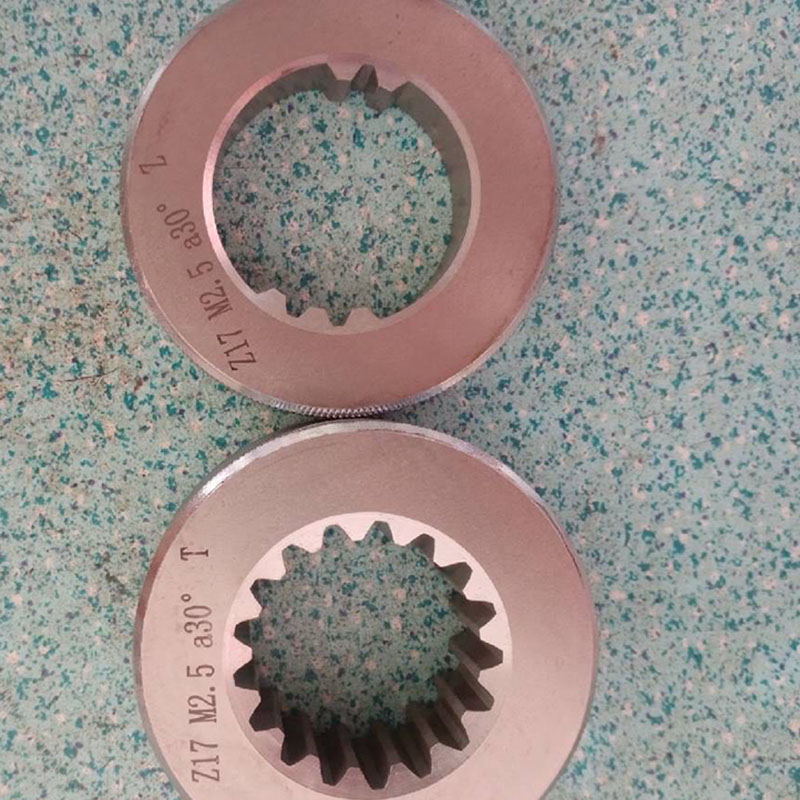Urr . 30, 2024 18:21 Back to list
surface plate calibration
Surface Plate Calibration Ensuring Precision and Accuracy
Surface plates are fundamental tools in metrology and manufacturing, providing a flat reference plane for various measurements and inspections. The calibration of these plates is critical to ensure that they maintain the required level of precision and accuracy in measurements. In this article, we will discuss the importance of surface plate calibration, the process involved, and best practices to achieve optimal results.
Importance of Surface Plate Calibration
Surface plates are used in conjunction with measurement instruments such as dial indicators, coordinate measuring machines (CMMs), and height gauges. Any inconsistencies in the flatness of the surface plate can lead to erroneous measurements, which may compromise the quality of manufactured components. This is particularly crucial in industries such as aerospace, automotive, and semiconductor manufacturing, where even minor deviations can lead to significant defects.
Calibration not only verifies the flatness of the surface plate but also helps maintain traceability to national or international standards. Regular calibration ensures that any wear or damage to the surface plate over time is detected and rectified promptly, which is essential for sustaining the credibility of the measurement process.
The Calibration Process
The process of calibrating a surface plate typically involves several steps
1. Initial Assessment Before calibration, the surface plate should be visually inspected for any signs of damage, corrosion, or wear. This initial assessment helps identify areas that may require repair or further attention.
2. Setup of Measuring Equipment A high-precision measurement instrument, such as an electronic level or laser interferometer, is set up to assess the surface plate’s flatness. The setup must be stable and free from vibrations to ensure accurate readings.
surface plate calibration

3. Measurement The measuring device is used to take readings at multiple points across the surface plate. This data will help create a profile of the plate’s flatness, highlighting any significant deviations from the ideal plane.
4. Data Analysis The collected data is analyzed to determine the flatness tolerance of the surface plate. The allowable flatness deviation will depend on the specific application and industry standards.
5. Adjustment and Repair If the surface plate does not meet the required specifications, it may need to be ground down or machined to restore its flatness. After making the necessary adjustments, the calibration process is repeated to verify improvements.
6. Documentation Finally, detailed records of the calibration process, including measurement data, adjustments made, and verification results, should be documented. This documentation is crucial for quality control and accountability.
Best Practices
To achieve the best results in surface plate calibration, consider the following best practices
- Regular Calibration Establish a routine calibration schedule based on the frequency of use and environmental conditions to ensure ongoing accuracy. - Environmental Control Maintain a stable environment around the surface plate, controlling temperature and humidity to minimize expansion or contraction of the materials.
- Protection and Maintenance Use protective covers when the surface plate is not in use, and conduct regular maintenance to prolong its lifespan.
In conclusion, surface plate calibration is a vital procedure that enhances the reliability and accuracy of measurement processes in various industries. By following standardized protocols and best practices, organizations can ensure that their surface plates provide a dependable reference for critical measurements, ultimately contributing to better quality assurance and product integrity.
-
Threaded Ring Gauge ApplicationsNewsJul.28,2025
-
Material Selection for Industrial Backcheck Valves in Extreme ConditionsNewsJul.28,2025
-
Mastering Thread Plug Gauge TolerancesNewsJul.28,2025
-
Mastering Ball Check Valve Longevity: Wholesale Installation GuideNewsJul.28,2025
-
Master Ring Gages: The Bedrock of Precision MeasurementNewsJul.28,2025
-
Installation Best Practices for Butterfly Valves 6 inchNewsJul.28,2025
Related PRODUCTS









